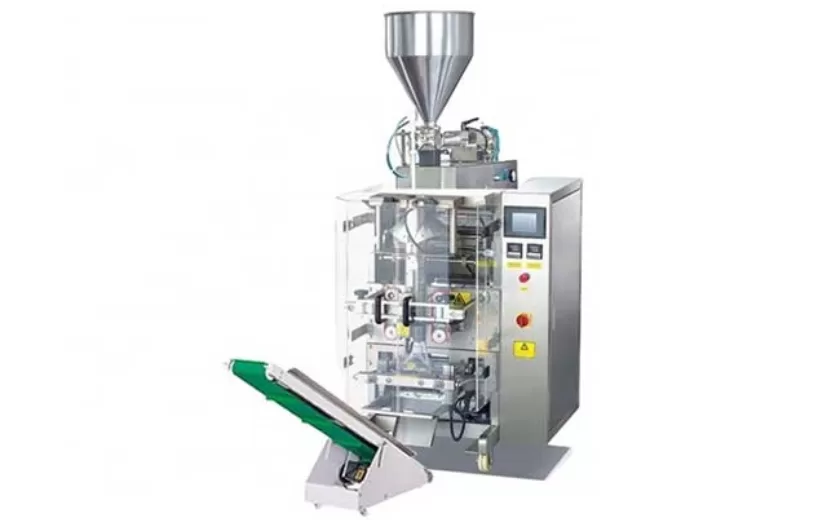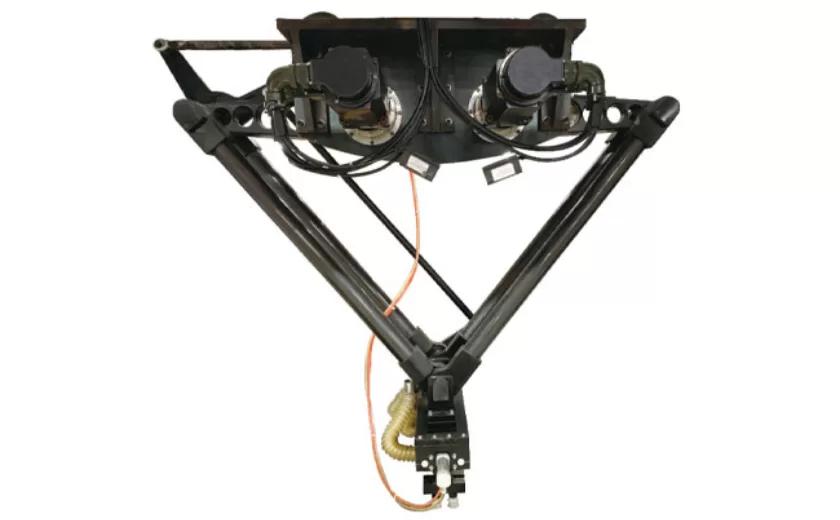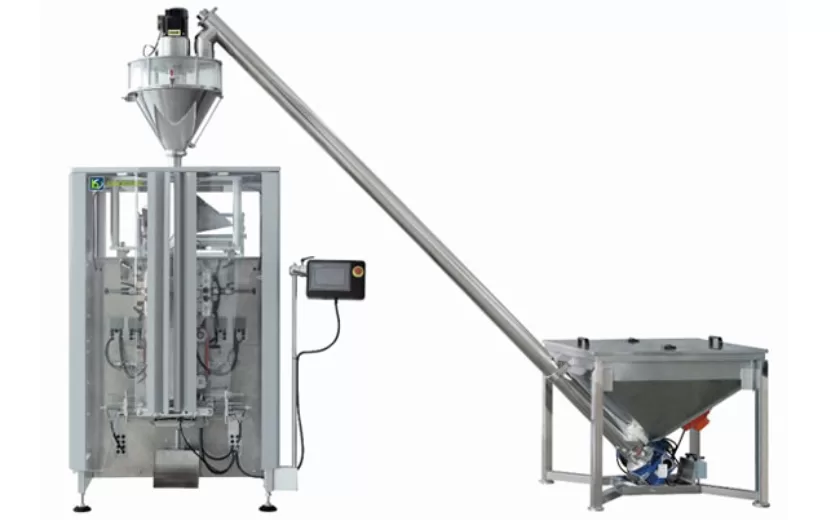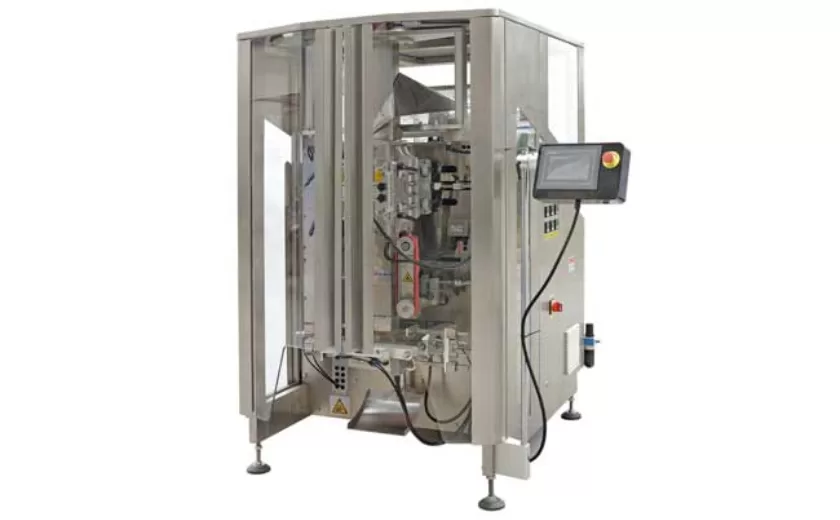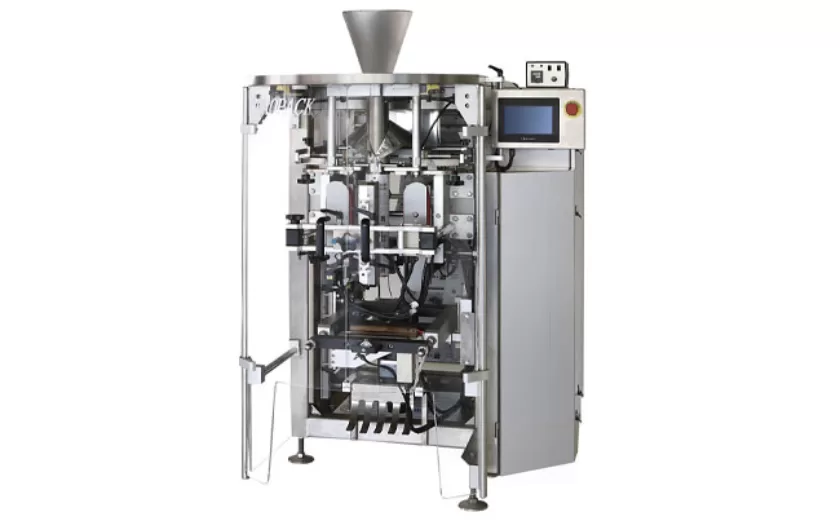The Science Behind Powder Pouch Filling Technology
Powder pouch filling technology is a complex and intricate process that requires precise control over a number of variables. From the selection of the right powder to the design of the filling machine, every aspect of the process must be carefully considered in order to achieve the desired results.
In this article, we will explore the science behind powder pouch filling technology. We will discuss the different types of powders that can be filled into pouches, the factors that affect the filling process, and the equipment used to perform the filling operation.
Types of Powders
The first step in powder pouch filling technology is to select the right powder. Not all powders are created equal, and some powders are more difficult to fill than others. Factors to consider when selecting a powder include the particle size, density, flowability, and abrasiveness.
Particle size: The particle size of a powder is an important factor to consider when selecting a filling machine. The smaller the particle size, the more difficult it will be to fill the powder into pouches. This is because smaller particles tend to clump together and form bridges, which can block the flow of powder.
Density: The density of a powder is another important factor to consider when selecting a filling machine. The denser the powder, the more difficult it will be to fill the powder into pouches. This is because denser powders tend to pack together more tightly, which can make it difficult to get the powder to flow smoothly.
Flowability: The flowability of a powder is a measure of how easily the powder can flow. Powders that have good flowability will be easy to fill into pouches, while powders that have poor flowability will be more difficult to fill. Flowability is affected by a number of factors, including the particle size, shape, and surface texture of the powder.
Abrasiveness: The abrasiveness of a powder is a measure of how much damage the powder will do to the filling equipment. Powders that are highly abrasive can cause wear and tear on the filling machine, which can lead to decreased productivity and increased maintenance costs.
Factors Affecting the Filling Process
The filling process is affected by a number of factors, including the type of powder, the filling machine, and the filling environment.
Type of powder: The type of powder being filled is the most important factor that affects the filling process. The particle size, density, flowability, and abrasiveness of the powder will all affect the filling process.
Filling machine: The filling machine is another important factor that affects the filling process. The type of filling machine, the speed of the filling machine, and the accuracy of the filling machine will all affect the quality of the filled pouches.
Filling environment: The filling environment can also affect the filling process. The temperature and humidity of the filling environment can affect the flowability of the powder and the accuracy of the filling machine.
Equipment Used for Filling Pouches
There are a variety of different types of equipment that can be used for filling pouches. The type of equipment used will depend on the type of powder, the filling speed, and the accuracy required.
Auger fillers: Auger fillers are a type of volumetric filling machine that uses a rotating auger to fill pouches. Auger fillers are ideal for filling powders that have good flowability.
Volumetric fillers: Volumetric fillers are a type of filling machine that measures the volume of powder being filled. Volumetric fillers are ideal for filling powders that have poor flowability.
Net weigh fillers: Net weigh fillers are a type of filling machine that weighs the powder being filled. Net weigh fillers are ideal for filling powders that require high accuracy.
-
Advanced Packing Solutions: Snacks, Sugar, and Frozen Food Machines
29-10-2025 -
Efficient and Reliable Solutions for Salt, Nuts, and Frozen Dumplings Packing
29-10-2025 -
High-Performance Biscuits, Lollipop, and Ketchup Packing Machines for Modern Food Production
29-10-2025 -
Efficient Liquid Filling and Packing Machines for Modern Production
23-10-2025 -
Reliable Granule Packaging Machines for Efficient Production
23-10-2025 -
Efficient Auger Powder Filling Machines for Accurate Packaging
23-10-2025 -
High-Performance Liquid Filling and Packing Machines for Hygienic Production
10-10-2025 -
High-Efficiency Granule Packaging Machines for Precision and Speed
10-10-2025 -
High-Precision Auger Type Powder Filling Machines for Efficient Packaging
10-10-2025 -
Efficient Vertical Form Fill Seal Packaging Machines for Smart Production
10-10-2025





